It's the fuzziest tool in your DIY stash, and we'll help you choose the right paint roller and cover for your home painting projects.
Our editors and experts handpick every product we feature. We may earn a commission from your purchases.Learn more.
It's the fuzziest tool in your DIY stash, and we'll help you choose the right paint roller and cover for your home painting projects.
Our editors and experts handpick every product we feature. We may earn a commission from your purchases.Learn more.
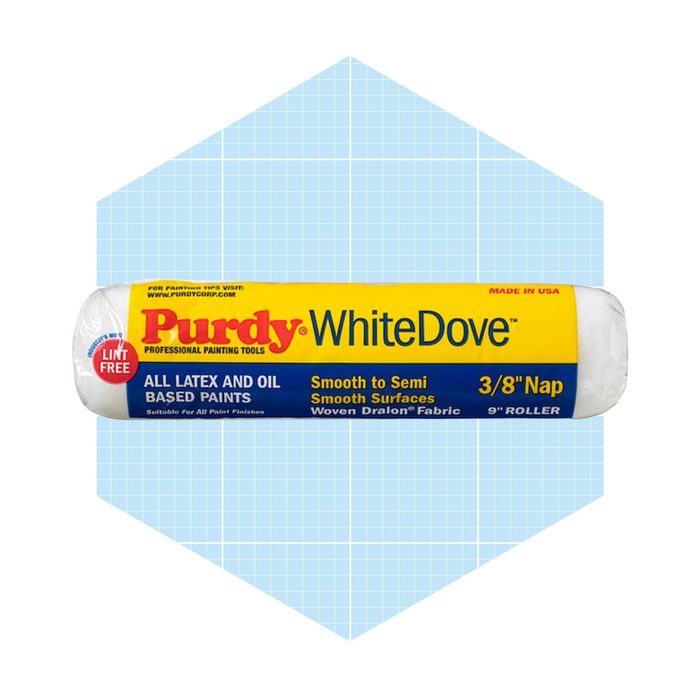
Pros:
Cons:
Extremely high-performing, the Purdy White Dove Roller Cover works with all types of paints and coatings, including latex and oil-based paints, stains, clear coats and primers. It works best on smooth to semi-smooth surfaces. Try it out indoors on walls, cabinets and paneling, and outdoors on finished decks. The White Dove roller cover features woven deluxe dralon, a durable and affordable alternative to wool. Dralon is an acrylic material made from polymer that offers excellent coverage and a lint-free finish.
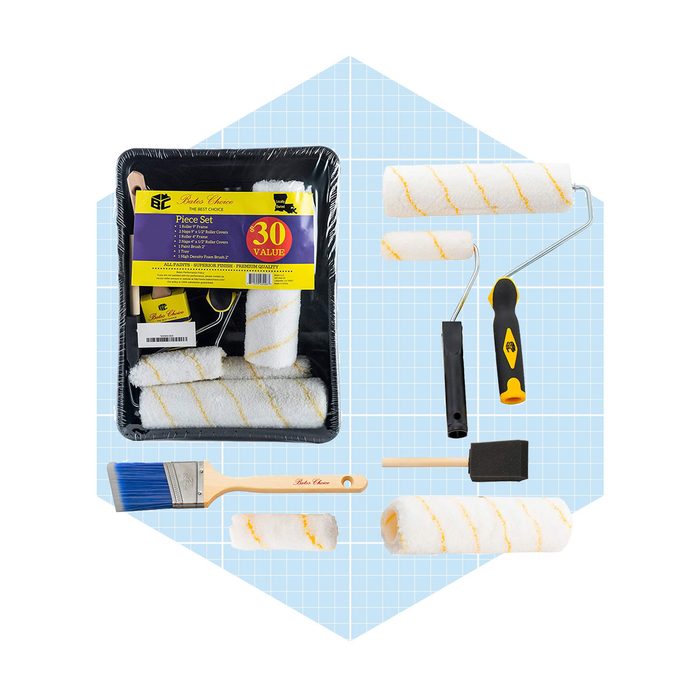
Pros:
Cons:
The Bates Paint Roller Set has everything you need for all your do-it-yourself painting projects. The practical kit comes with a tray, 4-inch and 9-inch roller frames (with two covers each), a 2-inch angled brush and a high-density foam brush. It doesn’t matter if you’re a professional or beginner, the products in this set work well for any user to put the finish touches on smaller projects. The durable plastic paint tray alone is worth the budget-friendly price tag.
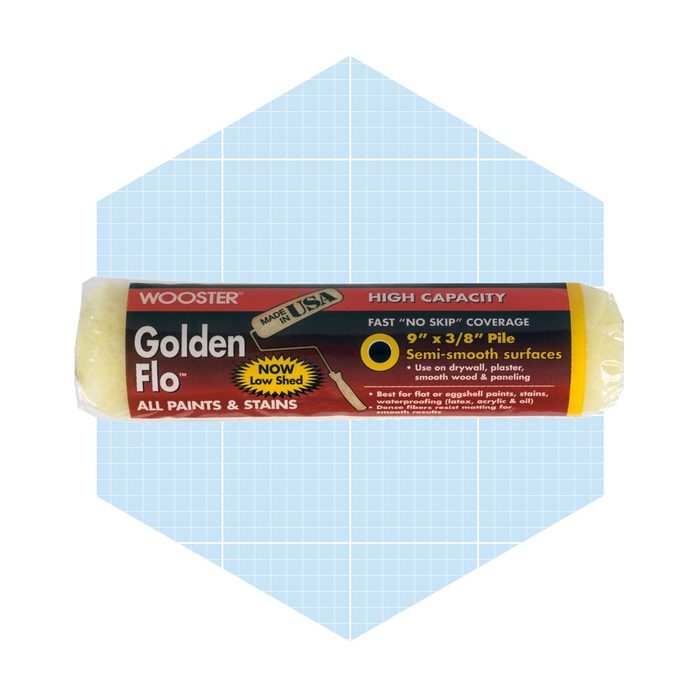
Pros:
Cons:
When painting textured walls and extra-rough surfaces, you want a roller cover that can go deep. The Wooster Golden Flo Roller Cover has a pile height of 1.5 inches, guaranteeing it’ll fill every nook and cranny with color. This roller cover is made of high-density polyester knit fabric to hold large amounts of paint, yet it resists matting. It’s a quality option on rough surfaces, like stucco, brick and wood. This roller works with flat to high-gloss paints and everything in between.
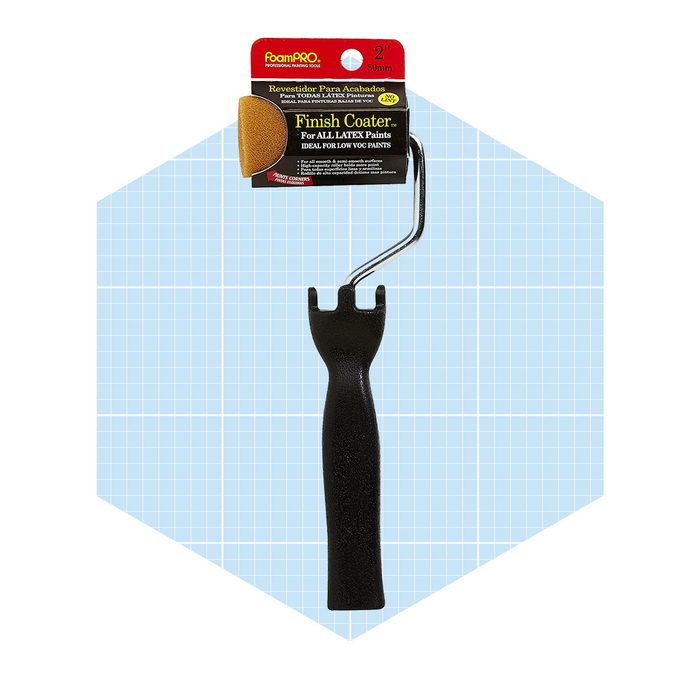
Pros:
Cons:
For touching up scuff marks and fingerprints around the house, there’s no need to bring out the big guns when the FoamPro 2-Inch Mini Roller does the job nicely. It’s ideal for working on narrow surfaces, like beams, baseboards and tight corners. The set includes a 2-inch frame with nonslip comfort grip handle and a 2-inch roller designed to apply all latex paints without any streaks, lint or blemishes. It also comes in 4- and 6-inch sizes for touching up things like cabinets, doors and closets.
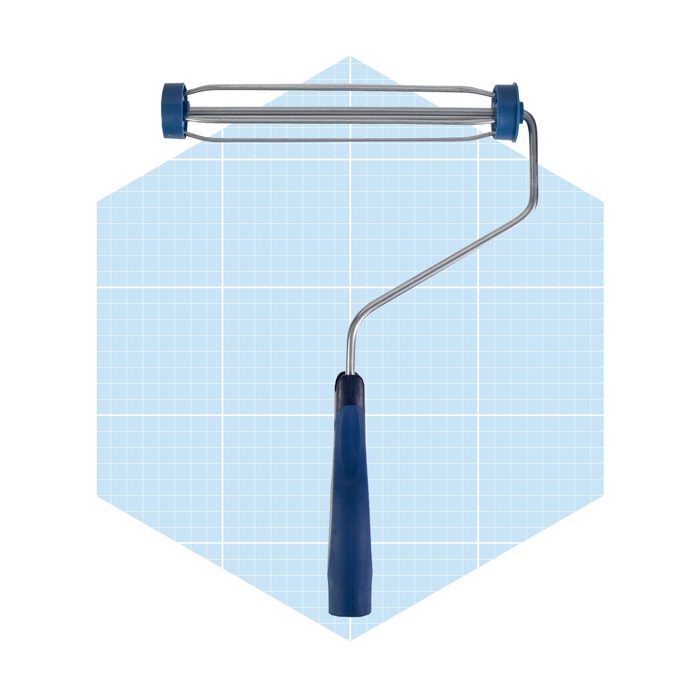
Pros:
Cons:
The Wooster 501 Roller is a 9-inch high-quality frame that will deliver smooth results. The thick, comfortable handle has a nonslip coating built for long paint jobs. Thinking of adding an extension rod? This frame will resist twisting while you’re in the zone. A sturdy rim at the bottom of the grip helps with unwanted movements while the metal wires of the roller keep the roller cover in place as you paint.
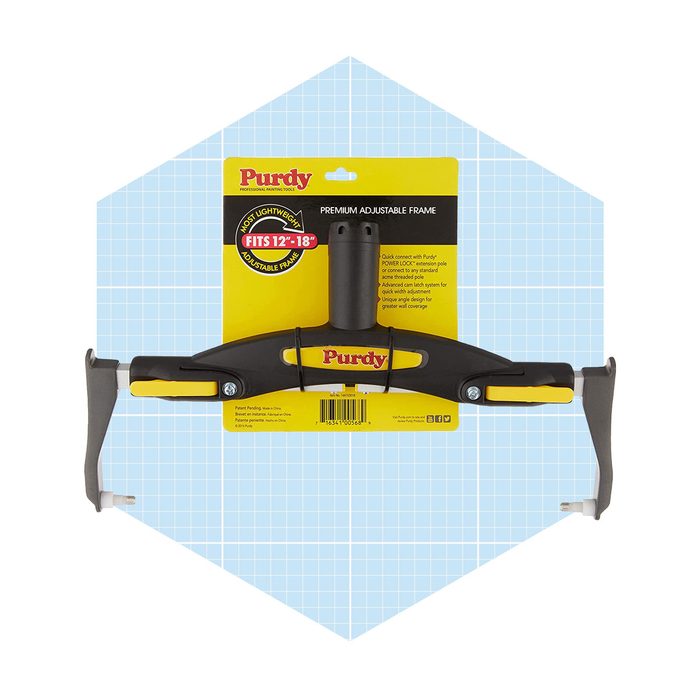
Pros:
Cons:
Just what you need for painting huge areas, the Purdy Adjustable Frame Roller proves that the bigger the roller, the more efficient the paint job. The versatile roller frame adjusts from 12 to 18 inches, and can be used with all roller cover nap heights, so you can swap out size covers for different types of jobs. Plus, the frame has a special angled design, making for better wall coverage and allowing it to get very close to the baseboards and ceiling. Load this monster up and finish painting a room in less time!
As shopping experts, our only job is to help you find a winning product. We start with the research and reporting basics—what products are made of, what they look like and how much they cost—to ensure that we’re only recommending the buys that are worth your time and money. Then, we research the features that speak to the product’s quality, taking advice from industry insiders and subject matter experts on what makes a product a smart value (or worthy of a splurge). Finally, we do the work of combing through user reviews to see how real people interact with the product, and if it stands up to the test.
Before you clean your paint roller, scrape off excess paint using a scraping tool or putty knife. After removing any excess or dripping paint, take the roller cover off the roller frame to wash. We recommend using warm water and dish soap to wash. After submerging the roller into a bucket of warm, soapy water, massage the roller to loosen any stuck-on paint. Consider using gloves to wash your brushes so that your hands and nails stay clean of paint.
If you’re cleaning a paint roller after using an oil-based paint, you might want to use a solvent to break down the paint before washing. After washing the roller, rinse and make sure to dry it to prevent fibers from clumping.
To start, dip your roller lightly into the paint—we recommend using a paint tray—and roll it back and forth on the ramp of the tray to evenly coat the paint on the roller cover. It’s best to start with a thin layer of paint to avoid clumping and dripping during application. When you roll the paint onto the surface, like a wall, try working in a large zigzag pattern and filling in with crisscross strokes.
Whether you’re a new DIYer or professional painter, it’s smart to maximize the use of your paint roller. You can do so by keeping it from drying out in between uses. If you only need to keep it from drying out for a short period of time, plastic wrap or a plastic bag will do. If you need to prevent your roller from drying out overnight, we recommend using foil and keeping it in the fridge.